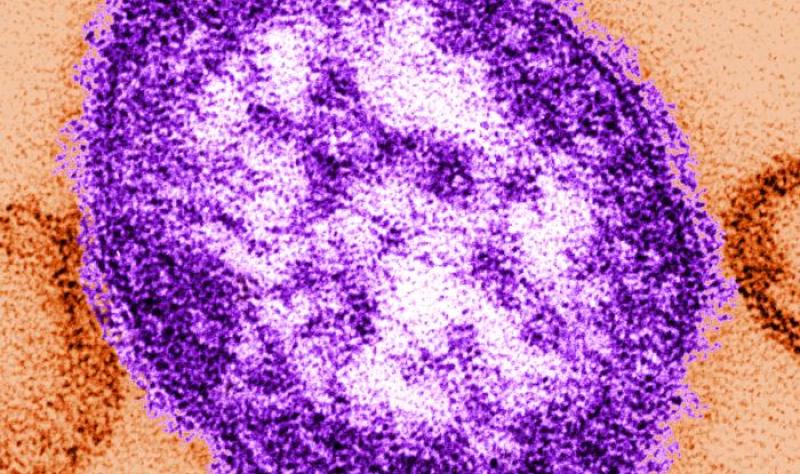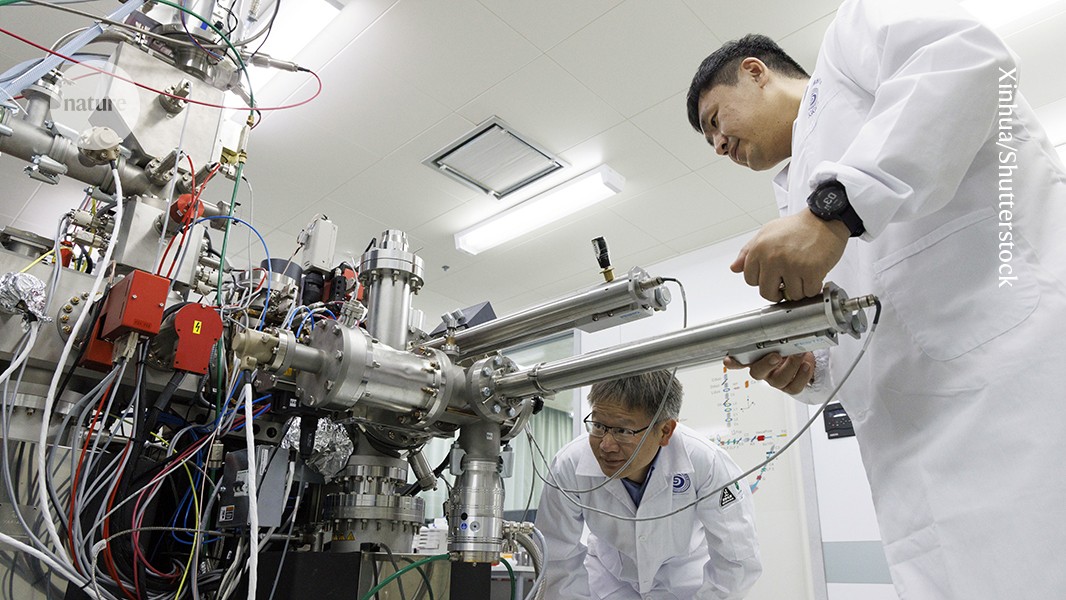Sifting through the first-ever rock samples collected from the far side of the Moon, scientists in China have unearthed a surprise: fragments of a rare type of meteorite that could help to piece together the Solar System’s history. The debris — scooped up by China’s Chang’e-6 mission and returned to Earth in June last year — resembles material from asteroids that carry dust pre-dating the Solar System. Studying the chemical composition of this debris could help to trace how asteroids seeded planetary bodies such as Earth and the Moon with volatile compounds, including water.
“The Chang’e-6 mission has a list of major questions to answer, but this wasn’t even on that list,” says Yuqi Qian, an Earth and planetary scientist at the University of Hong Kong, who was not involved in analysing the fragments. “It’s such an unexpected and important finding.”
The authors reported their discovery earlier this week in the Proceedings of the National Academy of Sciences1.
Near and far
Most missions that have returned rocks from the Moon have sampled the surface facing Earth — the near side — which has fewer craters and has hosted greater volcanic activity. Chang’e-6, however, landed on the far side, at the Moon’s largest, deepest crater — the South Pole–Aitken Basin, which accounts for about one-quarter of the Moon’s surface area. One of the main objectives was to better understand why the far side looks so different from the near side.
Another was to explore the huge basin, which scientists think was created when an asteroid smashed into the Moon about four billion years ago. The crater is probably rich with fragments from that and other asteroid impacts, alongside rock from the lunar mantle — the layer beneath the crust — dredged up by the collisions.
One of the rare meteorite fragments discovered on the Moon’s far side under an electron microscope.Credit: Yi-Gang Xu
But the discovery of the rare meteorite fragments was a surprise. At first, the researchers thought the samples came from the Moon’s mantle. But after analysing the iron, manganese and zinc levels in the debris, they found a mismatch with other lunar materials, indicating they were not from the Moon itself. So, the team examined the relative levels of three oxygen isotopes in the samples; these ratios are “like human fingerprints” and can tell you what type of planetary body the debris comes from, says Mang Lin, an author of the paper and geochemist at the Chinese Academy of Sciences’s Guangzhou Institute of Geochemistry (GIG). “This approach is basically space forensics.”
First Appeared on
Source link












